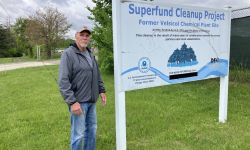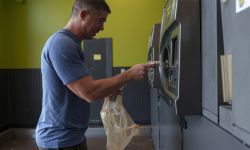Michigan cities fight effects of climate change
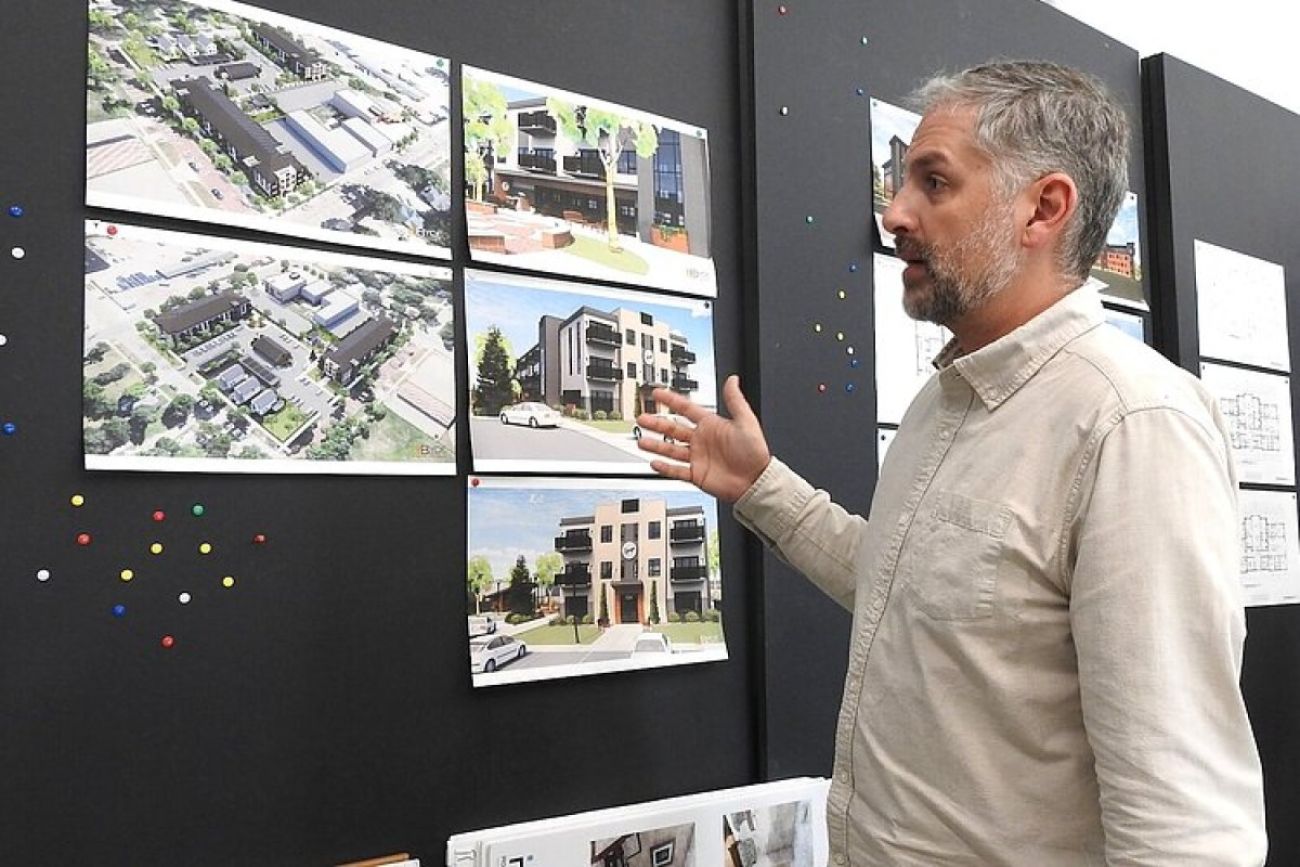
- Climate change already is affecting the Great Lakes region, with longer, drier summers and warmer, wetter winters
- Several communities across Michigan are attempting to tackle the effects of climate change through zoning and other means
- Kalamazoo’s efforts focus on the low-income residents most likely to feel the worst effects of climate change
KALAMAZOO ― There’s no place like home … except when stormwater drizzles through your roof or a heat wave turns a poorly insulated bedroom into an oven.
While many think of climate change as a far-off threat, already-changing weather patterns are decreasing water quality, increasing illness, and worsening air pollution now. The physically and financially most vulnerable residents feel such effects the most ― with the least ability to do anything about it.
If conditions continue at the current pace, the Great Lakes region will increasingly see warmer, wetter winters and drier, longer summers, according to researchers at the University of Michigan, Michigan State University and the National Oceanic and Atmospheric Administration. The in-between seasons will be longer and stormier, according to the US Environmental Protection Agency.
Local governments around Michigan have begun using regulations to protect against the impacts of a changing climate. Several — including Warren, Sterling Heights, Grand Rapids and Muskegon — have passed so-called “climate action plans” to address the effects of climate change within their borders.
New efforts in Kalamazoo, for example, show how going green can boost local economies while keeping people most susceptible to the harm of climate change safe in their own homes.
At The Creamery Apartments, climate-conscious features — from careful water use to rooftop solar arrays — help low-income residents save money while reducing greenhouse gas emissions.
RELATED:
- Trump’s ‘green bank’ freeze puts Michigan climate, housing efforts in limbo
- Michigan wants to insulate 15,000 homes but needs hundreds of contractors
- Toxic Michigan site ‘cautionary tale’ as Trump eyes environmental cleanup cuts
And in several low-income neighborhoods, a multi-million dollar project was slated to upgrade hundreds of aging local homes to help their residents cope with the climate changes already impacting Michigan. Federal funding reductions have endangered that project, though organizers hope to continue it, even if at a smaller scale.
When everyone is healthier and safer, the community as a whole wins, says Jenny Doezema, executive director of the Kalamazoo Climate Crisis Coalition, which is heading up the home repair program.
“We need to change the way that we’ve been doing business as usual so that we can try to save as much of the current way that we live as possible,” she says. “It’s really important.”
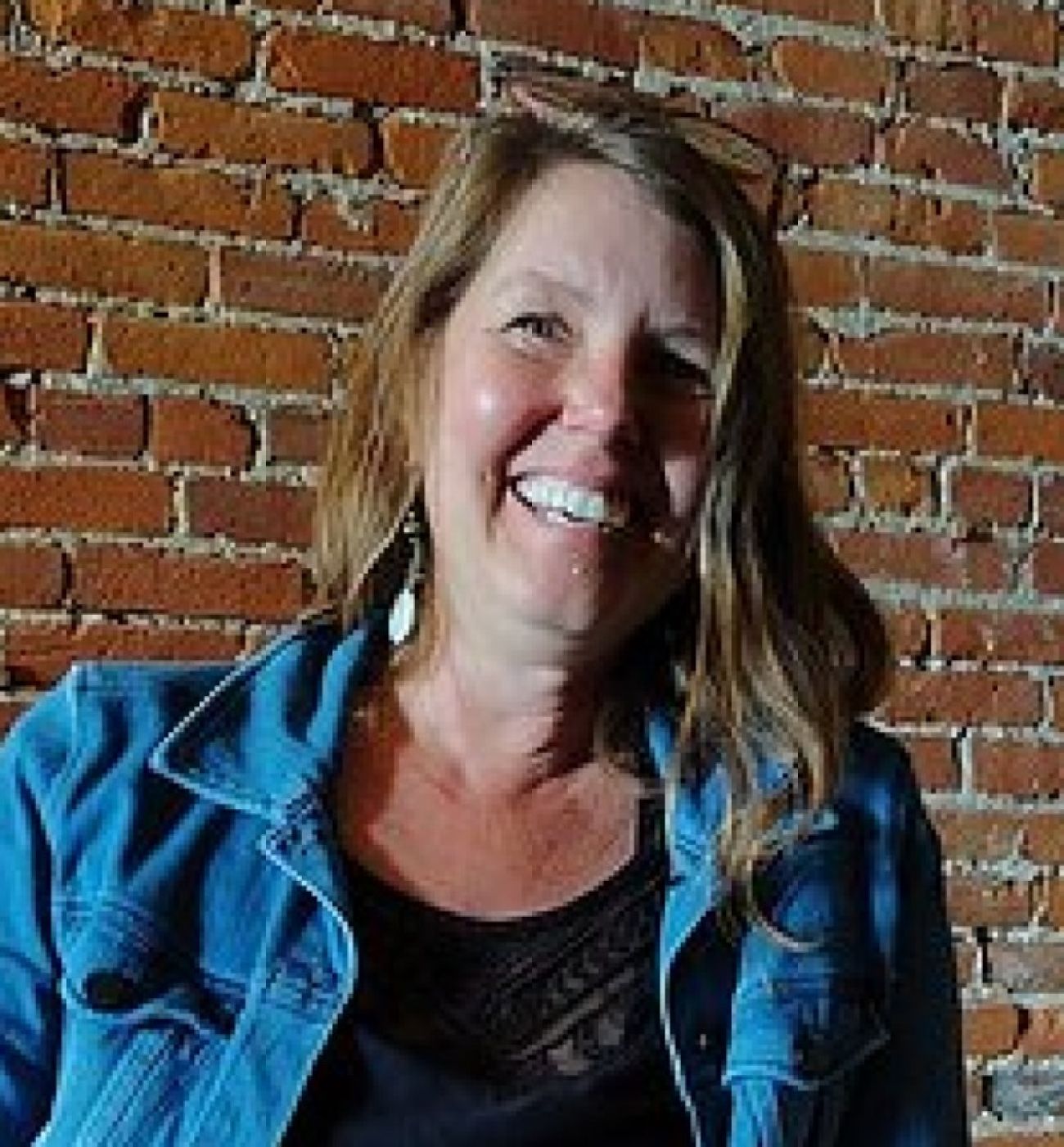
Living in a changing climate
Residents of Kalamazoo’s poorest neighborhoods lack the resources to recover from extreme weather, according to an April draft of the city’s latest Consolidated Plan and Annual Action Plan. The plan warns of a “disproportionate impact to the health, safety, and economic stability of low-income communities.”
Some of that change is already here, says Taylor Van Winkle, climate sustainability coordinator for the Kalamazoo County.
Take, for example, the tornado that destroyed property in Portage last year or the at least 13 tornadoes reported in Michigan on a single day in late March this year, with another 12 spotted on May 15.
Then, too, there’s the rain: Kalamazoo experienced above-average precipitation every month of 2024 and is considered at extreme risk of excess precipitation over the next 25 years.
Summers now last several weeks longer than they did decades ago, Van Winkle says. It’s getting hotter, too. By 2050, the Kalamazoo region is expected to quadruple its number of days warmer than 90 degrees. And shorter freezing periods in winter mean more pests to invade homes in summer.
Van Winkle joined the county staff in 2023 in a grant-funded position, tasked with helping each of the county’s departments address and prepare for global warming’s impact on the county. Van Winkle is now collating resident concerns and the input of an advisory council to create a Climate Action and Climate Justice Plan for the county.
The plan is intended as a guide to better prepare the county ― including its most vulnerable residents ― for climate hazards.
Socially vulnerable populations are disproportionately hurt by climate change, including more reported experience of asthma, decreased income, and death related to global warming, the Environmental Protection Agency reports.
A family with limited income, for example, can’t afford repairs when a tree falls on their roof in a storm. When rain seeps in and causes mold, they can’t afford to move to a safer home.
A child with still-developing lungs and poorly sealed windows coughs through the ever-lengthening pollen seasons, her uninsured mother unable to afford a trip to the doctor. Elderly residents with mobility problems can’t pay to get their aging air conditioner fixed or easily get to a cooling center.
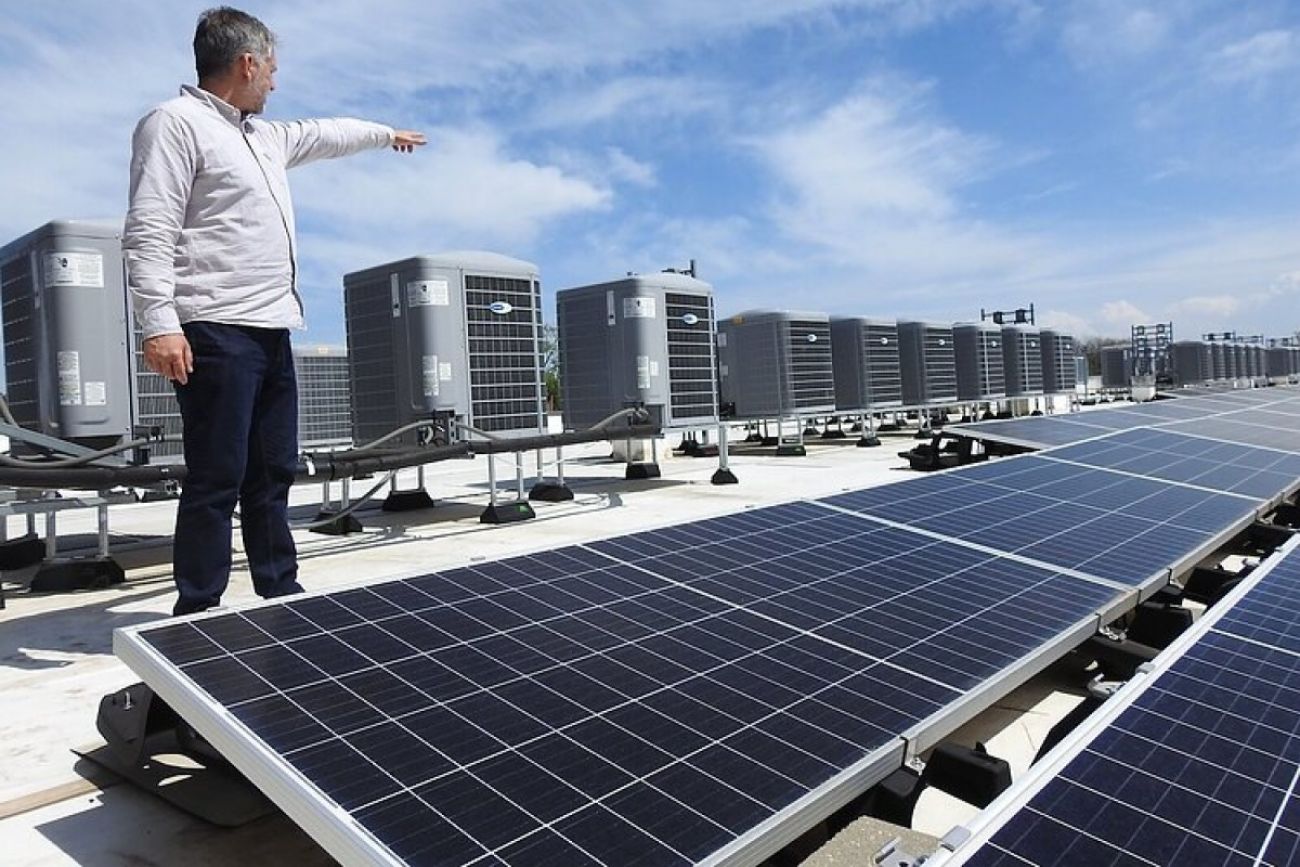
As the climate changes, “vulnerable populations will be hit first and hardest,” Van Winkle says.
Michigan has been called a “climate haven,” indicating its conditions favorable to human life will stick around longer than, for example, southern states, which could someday become unbearably hot.
“That doesn’t mean you’re not going to have to change and adapt,” Van Winkle says.
Communities can get ahead of the game by shoring up their housing and other infrastructure sooner rather than later. From attracting potential residents who want a climate-ready community to avoiding devastating loss and expense after a catastrophic incident, Van Winkle says, “there's economic benefit to preparing now.”
‘Things are getting wonky’
Zoning laws are Kalamazoo’s best tool to encourage climate-resistant housing and other infrastructure, says Justin Kish, sustainability planner for the City of Kalamazoo.
The city declared a climate emergency in 2019, out of which both its sustainability plan and Kish’s position were born. The plan’s goals include increasing residential density, expanding climate-friendly transportation options and reducing reliance on forms of energy that hurt the environment.
Such changes become increasingly important as climate shifts become increasingly noticeable.
“It’s changing rainfall patterns. Changing weather. You’ve also got pockets of drought,” Kish says. “Things are getting wonky.”
As the city gets wetter, protecting its water systems will reduce the flooding in residential areas. A Natural Features Protection Review Board ensures development plans meet standards that protect steep slopes and limit land clearing around creeks and other water features.
Careful management of such areas helps ensure water flows into the ground and away from homes, Kish says.
“You don’t want to just turn everything into a parking lot, like Joni Mitchell said,” Kish said.
The city isn’t in the home-building business. But, Kish says, it can use zoning decisions to promote new construction of climate-friendly housing, including apartment and mixed-use buildings.
When destructive weather hits, dense housing allows snow plows and emergency vehicles to reach more people more quickly — using less energy — than in a more spread-out area. A large building housing both residents and commercial space puts residents closer to the things they need, reducing the number of cars on the road that emit carbon dioxide. Dense housing also makes public transportation more practical, reducing harmful emissions.
Last year, Kalamazoo was awarded a $1 million federal grant to plant trees on the city’s north side, a measure meant to combat climate change-fueled heat in a lower-income residential part of town. That grant is in limbo, along with other promised federal funding nationwide, Kish says.
The city is enrolled with SolSmart, a program that helps local governments enable the use of solar energy among its residents and businesses. Last year, the city brought a dozen homeowners together for a bulk buy of solar equipment, adding 50-some kilowatts of solar energy to the power grid.
During the next heat wave, “you don’t have to worry about those 12 homes sucking all the energy to run their AC,” Kish says. “The more renewables we can get on the grid, the better.”
A new way to build
Environmentally friendly construction used to mean building with reclaimed materials and being completely “off the grid,” says Matt Hollander, president of Hollander Development Corp. and the developer behind The Creamery in Kalamazoo.
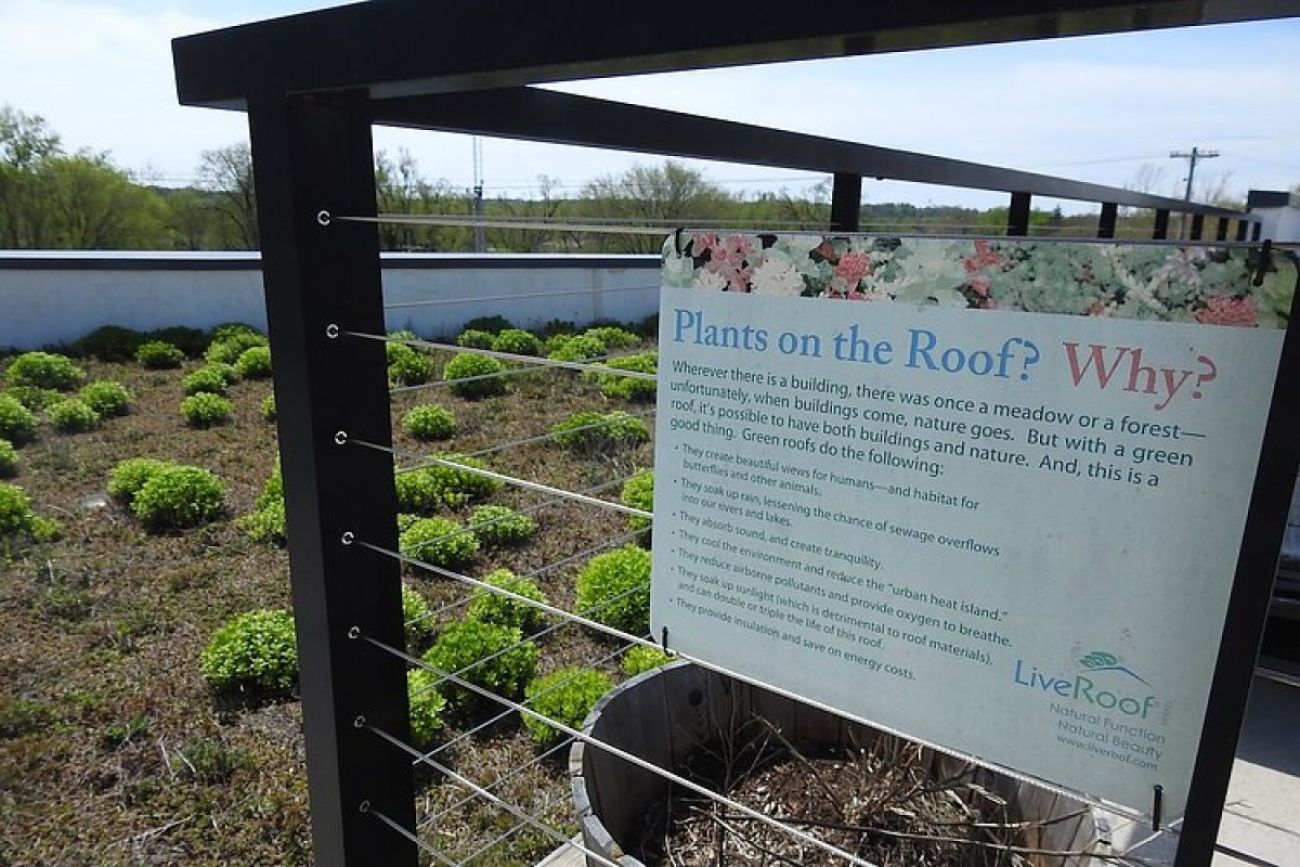
One of only two local buildings with a rare “platinum certified” rating from the US Green Building Council ― the other being the alumni center at Western Michigan University ― the mixed-use, low- to moderate-income housing building uses modern methods and environmentally friendly materials in its approach to energy, water, and air quality.
Long trains of solar panels on the Creamery's roof, enough to power seven small single-family homes, contribute to a reduced drain on the power grid. Specialized heat pumps on the roof pull heat out of the air and use it to warm each apartment.
Utilities that might cost his residents as much as $200 per month elsewhere run about $68 per month because of The Creamery’s efficient furnace, draftless windows, and other efficiencies.
The electrified building requires very little natural gas, reducing carbon dioxide emissions and decreasing poisoning risks. The building’s low-flow toilets and faucets use a minimum of fresh water, passing the savings along to residents and depleting less from community reserves.
In addition to a rooftop rain garden, a drain system funnels rainwater to planters around the building, where climbing plants grow up trellises. Targeted redirection of rainwater is important in that part of town, Hollander says, with the neighborhood half a block to the west situated in a 100-year floodplain and susceptible to bad flooding.
To further its green-friendly mission, The Creamery makes an electric vehicle available for rental at $5 per hour, while a dedicated bicycle storage room facilitates non-gas transportation.
The building’s efficiencies add up to savings for residents but also a cleaner, more climate change-resistant environment for the rest of the community, Hollander says.
His company’s other in-progress living complexes will also prioritize climate readiness. A senior living complex on the north side will feature one of the largest residential solar arrays in Michigan. Located on a formerly blighted property, the building will meet the most rigorous energy efficiency certification in the country.
In another planned housing complex, designed with employees of the BlueOval Battery Park slated to open in Calhoun County in mind, Hollander will supplement an all-electric, high-efficiency design with mass timber, an engineered wood product known for its strength, durability, and sustainability and increasingly gaining in popularity as a low-carbon alternative to steel and concrete.
Logic says more new housing should incorporate such features, for the benefit of the people who live there and the community at large, Hollander says.
Zoning laws and the cost of not-yet-mainstream materials make that challenging. But when developers choose to invest in climate-ready buildings, Hollander says, “they’re going to save us money.”
Shoring up existing homes
As new buildings grow greener, Kalamazoo advocates hope to fortify old homes against a changing climate.
Last year, advocacy group Kalamazoo Climate Crisis Coalition declared its intent to reduce greenhouse gas emissions by providing energy efficiency upgrades in local homes. The coalition of more than 40 local organizations designed the Holistic Healthy Homes Project, originally granted $18.9 million by the US Environmental Protection Agency.
The funds were removed this month in a broad sweep of terminations targeting Inflation Reduction Act funds, Doezema, of the Kalamazoo Climate Crisis Coalition, said.
The coalition and the county are joining a class action lawsuit disputing the decision. In the meantime, Doezema said in an emailed statement, “We are doing our best to pursue funds to keep going. We will not be able to proceed with the full-scale project as $19 million is a generational award and hard to replace. We will scale back and seek funds to achieve a smaller and slower progress on outcomes while we proceed with litigation.”
Meanwhile, recent severe storms caused damage that the Holistic Healthy Homes Project could have helped repair.
The project would provide structural and other upgrades to 300 owner-occupied homes in four low-income city neighborhoods. Such repairs are badly needed to make Kalamazoo’s aging housing stock more energy-efficient, according to Doezema.
Homes in the target neighborhoods are replete with poor insulation, old appliances, and worn roofs. Such problems require outsized energy use, jacking up bills and increasing greenhouse gas emissions, Doezema says.
The planned repairs could mean a roof that doesn’t leak, appliances that use less water and energy, or insulated walls that keeps the heat bill down in winter. They could mean less-drafty windows and upgraded electrical systems that make electricity go further.
“It makes sure that folks aren’t left behind,” Doezema says.
The original Holistic Healthy Homes Project would have included upgrades to four neighborhood centers to create “climate resiliency hubs” to serve as safe havens during weather emergencies. It also incorporates training programs intended to boost the green construction workforce.
People living in low-income housing often have little to no access to better housing, nor to programs to allow them to invest in the places they do live, Doezema says. They usually lack insurance or emergency funds to pay for repairs and lack the clout to fight for regulations to keep pollutants out of their homes, which lose value as they become less safe.
“When you invest in those homes, you start to reverse all that,” Doezema says.
She envisions low-income Kalamazoo homes where lower monthly bills mean residents can pay more for food, self-care, and other needed life improvements. Healthier bodies will mean better attendance at school and work, better job performance, and fewer medical bills. Increased property values will mean homeowners have something to pass along to future generations, “and now you’ve changed the lives of an entire family.”
Meanwhile, climate-proofing 300 homes would have ripple effects across the area. Numerous planned repairs would put numerous contractors and construction workers to work and put dollars in their pockets to spend in the community, all while reducing dangerous emissions overall.
“Climate change is the biggest threat we face. It’s the most important thing for us to be preparing for as a global society,” Doezema says.
Her organization’s project asks, “What does it look like to prepare ourselves for a future that’s here and threatening life as we know it?” Doezema says.
The planned home repairs are one step toward changing “the path that we’re on so that the overall climate impacts are less than we’re headed toward right now,” she said.
This story is part of Southwest Michigan Journalism Collaborative’s coverage of equitable community development. SWMJC is a group of 12 regional organizations — including Bridge Michigan — dedicated to strengthening local journalism. Visit swmichjournalism.com to learn more.
Michigan Environment Watch
Michigan Environment Watch examines how public policy, industry, and other factors interact with the state’s trove of natural resources.
- See full coverage
- Subscribe
- Share tips and questions with Bridge environment reporter Kelly House
Michigan Environment Watch is made possible by generous financial support from:
Our generous Environment Watch underwriters encourage Bridge Michigan readers to also support civic journalism by becoming Bridge members. Please consider joining today.
See what new members are saying about why they donated to Bridge Michigan:
- “In order for this information to be accurate and unbiased it must be underwritten by its readers, not by special interests.” - Larry S.
- “Not many other media sources report on the topics Bridge does.” - Susan B.
- “Your journalism is outstanding and rare these days.” - Mark S.
If you want to ensure the future of nonpartisan, nonprofit Michigan journalism, please become a member today. You, too, will be asked why you donated and maybe we'll feature your quote next time!


